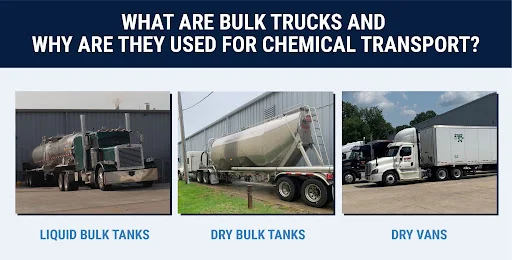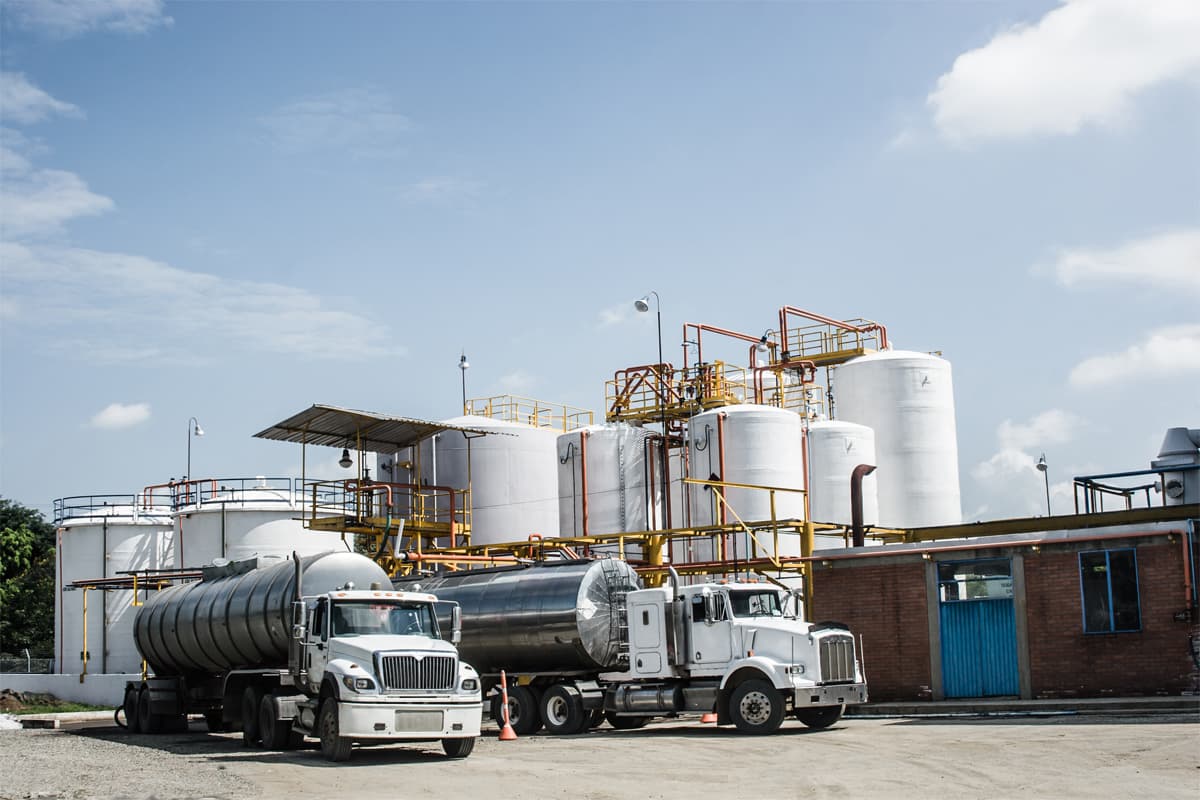.jpg)
How Are Plastic Pails Used for Safe Chemical Transport?
If your business relies on the storage, transport, or usage of hazardous chemicals, then choosing the right chemical packaging is a major decision. Poor chemical storage and transport can have catastrophic results, including chemical leakage that can cause severe skin damage, respiratory health, environmental and regulatory issues.
The most common plastic containers for chemicals are the five-gallon chemical drums or pails, but they are not all manufactured the same, making the decision progress incredibly important.
Choosing the right plastic pails
When choosing any one-use container for either stable or hazardous chemicals, the compatibility of the chemical product with the container material is one of the most important considerations. If the right chemicals are not stored in the proper chemical resistant buckets, then leakage of volatile chemicals can start a fire or risk explosion and toxic chemicals can cause a public health emergency.
Even poor storage of domestic-use chemicals like the chlorine-based compounds used in swimming pools can be a source of injury due to unexpected chemical reactions, a fire risk, or a risk of damage to mucous membrane tissue of the eyes, nose, throat, stomach, and lungs from the gaseous vapors.
For these reasons, the following three resources should always be your primary source for information concerning the storage, transport, and handling of any chemical that will be put in a plastic container for chemicals:
- Manufacturer's guidelines - for prepackaged chemicals that will remain in their original packaging while in use.
- United Nations (UN) Numbers - a four-digit number used to identify classes of hazardous materials worldwide.
- Safety Data Sheet (SDS formerly known as MSDS) - lists the environmental and health risks of chemicals along with safe handling, storage, and transport precautions.
Partner with Royal Chemical as a preferred supplier of chemical packaging and repacking solutions for liquid and powder chemicals in virtually any size and configuration including chemical bags, boxes, pails, drums, and heavy-duty, bulk sacks.
What is a chemical resistant bucket or pail?
Chemical resistant buckets and drums are constructed of thermoplastics that have a high resistance to corrosive chemicals and acids. But not all buckets used for raw or processed chemicals require the same level of chemical resistivity. For instance, the food and beverage processing industries will use FDA-approved chemical resistant buckets for storage and transport of food flavorings and coloring specifically because these chemical pails will not leach the bucket material into the products, thereby preserving the intended properties and purity of the final product.
High density polyethylene — or HDPE is used most often in chemical and food grade plastic containers. These five-to-seven-gallon HDPE food buckets have excellent chemical-resistant properties. Also, polyethylene buckets feature thick, durable sidewalls which makes them virtually leak-proof.
Benefits of chemical resistant plastic pails
- Plastic buckets are resistant to sun damage and don’t corrode due to salt or chemicals.
- When compared to metal drums, they are more flexible and resistant to dents and impact damage.
- Shipping costs are reduced because plastic pails are lightweight with excellent strength-to-weight properties.
- Chemical resistant buckets can carry a wider range of products, from oils and paints to the raw, dry materials needed to manufacture pharmaceuticals.
Choosing a plastic pail with lid
Seamless, polypropylene buckets can be purchased in a variety of volumes other than five gallons, and they are manufactured in different finishes depending on what while be stored inside and can be color-coded for ease of product identification.
Another consideration when choosing a chemical pail is what type of head the pail has. Tight head pails feature a non-removable top because the lid is integral to the construction of the entire pail. These pails feature special plugs or ports for liquid fill and emptying. Tight head pails are industrial, heavy-duty pails that can safely carry corrosive, hazardous, or non-hazardous products.
An open head or open-top plastic pail has a lid that can be completely removed to use for open-container storage or the lid can be sealed when the pail is transported or stored.
Applications for chemical pails
Plastic containers for chemicals are used for safe chemical transport in many industries because the product does not react with its contents. The only consideration when using plastic pails for packaging is when the liquid is an acid and some strong base chemicals. While High Density Polyethylene is a corrosion resistant plastic, often you will need a certain formulation of PE variant that is compatible with the strongest acids and bases, which would panel or suck in the polyethylene container versus a steel one.
Plastic pails are used for safe chemical storage and transport in the following applications:
- Five-gallon consumer/utility pails
- Food and Beverage
- Paints and Coatings
- Chemicals and Fertilizers
- Dry Goods
- Pharmaceuticals
- Petroleum and Lubricants
- Oils and Fuels
The safe packaging of chemicals prevents environmental contamination, will reduce the chance of fire or explosion, and protects the public by preventing exposure to toxic chemicals.
How are chemical pails stored and transported?
While five-gallon chemical pails are used for the safe storage and transport of hazardous chemicals, drums themselves must be labeled, moved, stacked, and transported using the best industry practices and guidelines issued by OSHA and the Department of Transportation.
Chemical pail stacking and storage rules depend on the type of liquid or powder that is within the chemical container and what hazards the product presents, including:
- Flammable liquids or solids
- Corrosive substances
- Health toxins and infectious substances
- Environmental hazards such as asbestos
- Radioactive substances
- Oil- or petroleum-filled drums
- Oxidizing agents
- Liquefied gas
OSHA has established legal requirements for any of the above substances being stored or transported in chemical containers. These chemicals should be accompanied by a safety data sheet that is made available to any employee who will handle the containers.
Also, it is up to the business owner and their safety management teams to know which chemicals can be safely stored in the same location. When some chemicals are placed too close together, they can create a dangerous environment that can result in fire, explosion or toxic gas release.
And finally, all five-gallon chemical drums must be properly labeled according to OSHA's Hazard Communication Standard. Hazardous chemical labels for containers will consist of one or more of the following pieces of information:
- Name of specific chemical elements
- Pictogram - a symbol on a white background and a red border
- Signal words - indicates the relative level of severity of the hazard
- Safety data sheet or SDS
- A hazard and precautionary statement
Plastic pails used for safe chemical transport are key to the success of many businesses and are critical to protecting the public. Always follow the right procedures for transporting chemicals in containers and the storage of chemicals in five-gallon drums.
Contact Royal Chemical or visit us online to learn more about our chemical packaging capabilities.
Talk to an Expert
Streamline Your Chemical Manufacturing Process
Royal Chemical’s expertise in blending, packaging and shipping can save you time, reduce costs and deliver consistent results.














